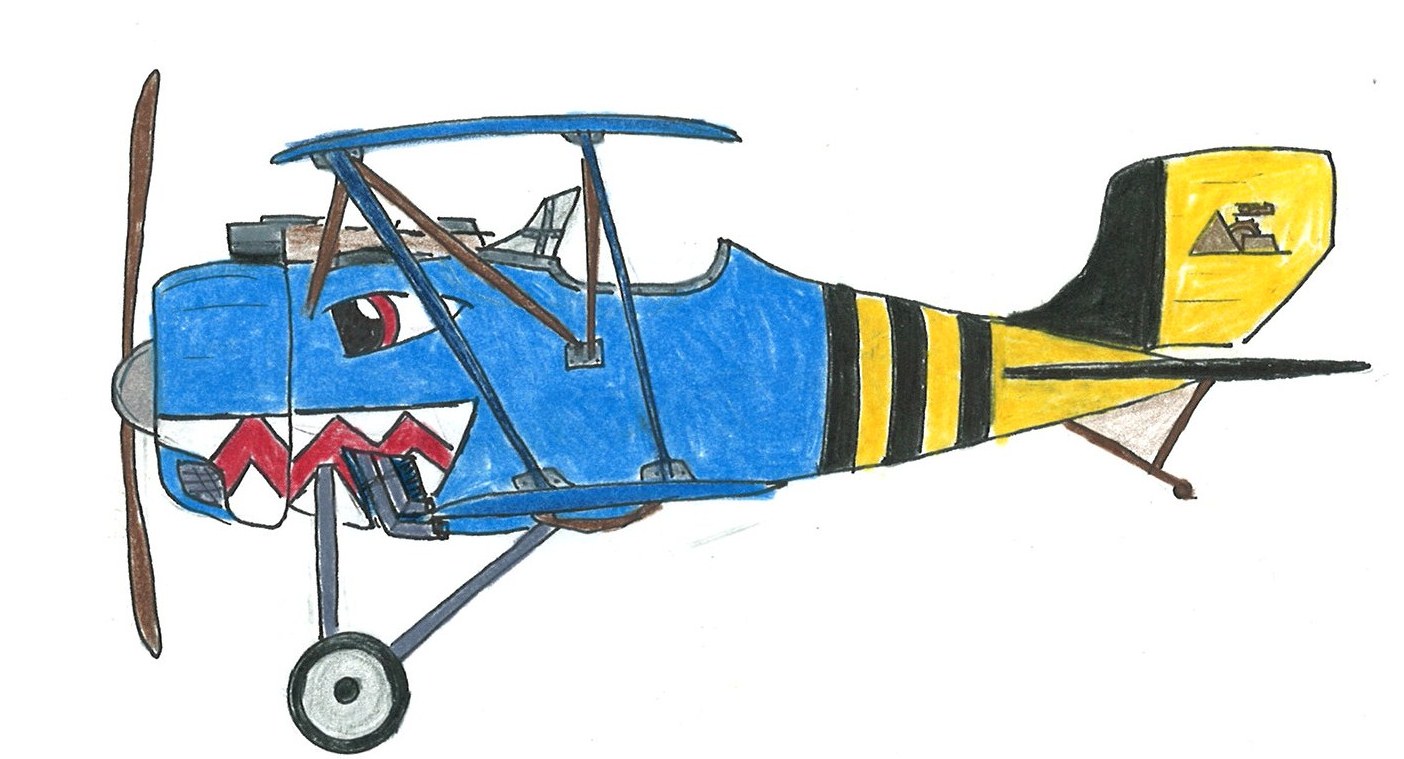Steve Rzasa here. Got another look at the behind-the-scenes of my upcoming book, Crosswind, due out from Marcher Lord Press in November.
* * * * *
Prior to writing Crosswind, most everything I’d written was science fiction. World-building there is fun, but requires a ton of work. Don’t get me wrong, I like work. Mostly.
But I also like it when there’s pre-established technology I can borrow to use in my story world. And I also thoroughly enjoy history. So when it came to creating a technological base for the world of Perch, I knew what had to be done.
THE GEAR
It had to have a late 18th Century feel to it. There’s just something about the technology that era between 1860 and 1900 that screams awesome. I don’t know, maybe it’s just me—perhaps the wood and metal combination is what gives it such a distinct feel from our plastic era.
One of the first steps was a hunt for a good gun for Copernicus Sark—he being a freelance pilot, I figured he’d need one for self-defense. And being a library employee, it was a cinch to find the right book. Actually, the book found me. I was shelving one afternoon and spotted this gem: Pistols: History, Technology, and Models from 1550 to 1913, by Adriano Sala.
Not only had I not noticed the book before, but I’d missed the gun that graced the cover, upside down on the bottom: a Volcanic Arms handgun, predecessor to the famed Winchester rifles, dating to the 1850s. Never seen one like it before. It was strange enough that it definitely needed to find its way into the story. And you’ll see Cope carrying one—renamed a Thundercloud Rattler lever-gun—on the cover for Crosswind.
Now, Winchell, being a reporter and all, needed some gear for his profession. Between cameras and telegraphy I was in history-hog heaven. Lo and behold, there was actually a kind of telegraph machine that would type out messages, rather than just relying on Morse code interpretation by human hand—the Phelps Electro-motor Printing Telegraph. I just modified this 1880 invention with a typewriter keyboard and you’ve got the ubiquitous tele-typer. It’s a kind of fax machine for this alternate Earth.
TRANSPORTATION
The whole point of the city-state of Perch and its economic clout is its use of airplanes (referred to in Crosswind as aeroplanes in a nostalgic tip of the hat to early aviators) to deliver goods, people and mail to places that its railway competitors either can reach as fast—or can’t reach at all.
I decided early on that World War I era aircraft were going to be my vehicles of choice. Why biplanes? Well, I’d watched a couple of films featuring these early dogfighters and fell in love not only with the nimble though fragile planes, but their daring pilots as well. They seemed a perfect fit for the bravado I wanted in Copernicus Sark.
I rounded up as many books on the subject as I could, and found some great illustrations—mostly from Aircraft of World War I, 1914-1918 (Essential Aircraft Identification Guide). My library also removed some old TIME-LIFE books about aviation from its collection, including one on early airliners. From speedy fighter planes to lumbering bombers and dirigibles galore, I now had a plethora of craft ready to populate the skies above Perch.
So I’ll leave you with my drawing of Cope’s fighter plane, the one he uses as part of Perch’s air militia, based on the Siemens-Shuckert D.III:

